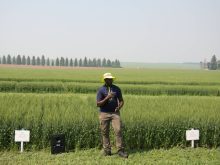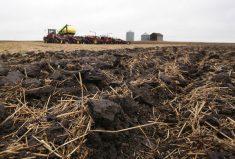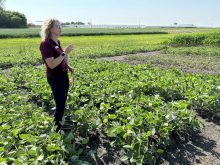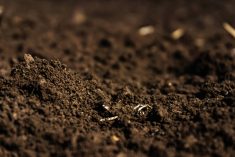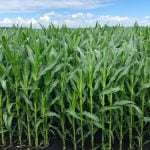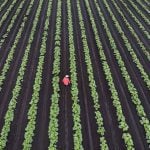If soybean acres continue to rise as expected, farmers are going to have to be vigilant, Dennis Lange said.
“Rotation, rotation, rotation (is) very important,” he said.
In the early years farmers didn’t see a yield reduction seeding soybeans on soybean stubble. But crop insurance data shows between 2008 and 2012 planting back-to-back soybeans resulted in yields of 95 per cent of normal.
- Read more: Three million acres of Manitoba soybeans by 2022?
Read Also
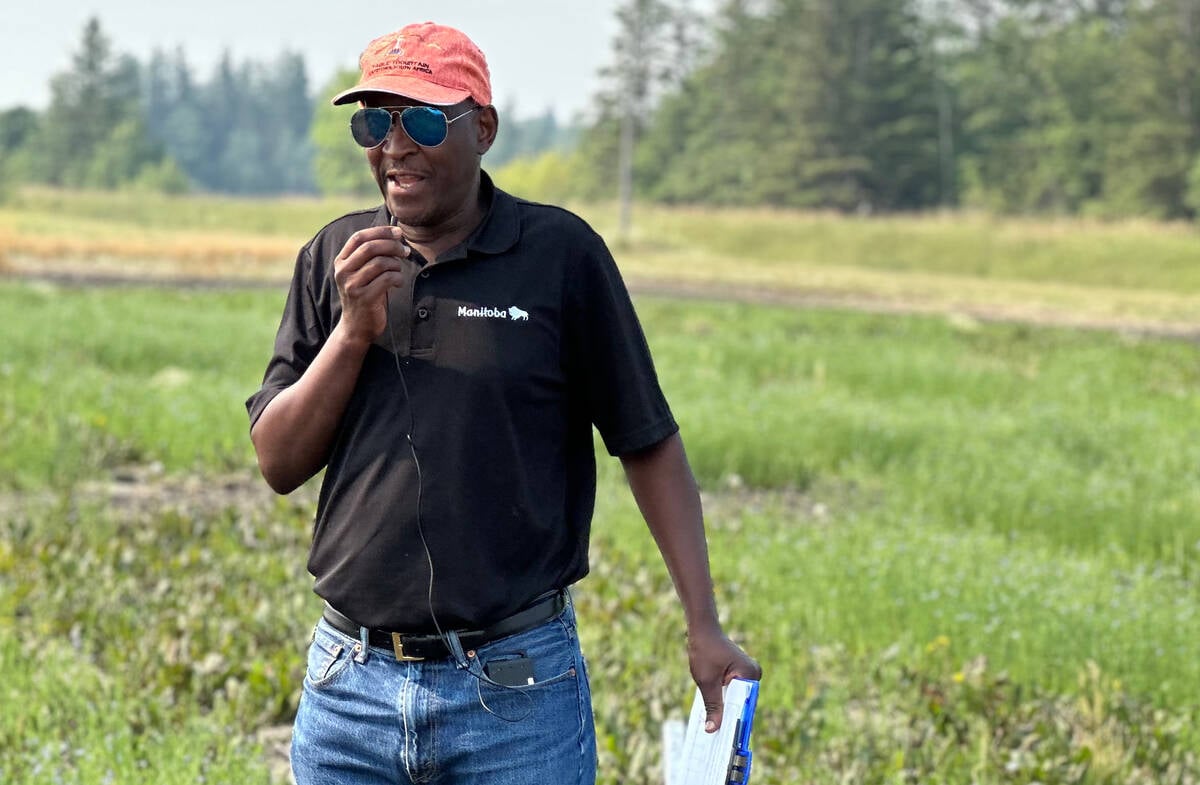
How much nitrogen can farmers really cut?
Manitoba fertilizer trials look for nitrification inhibitor sweet spot, to lower greenhouse gas emissions and cost without hurting yield.
In contrast planting spring wheat, barley, oats flax and grain corn on soybean ground resulted in yields that were 106, 106, 105, 100 and 103 per cent of normal, respectively.
Crop insurance data also shows a jump in back-to-back soybean plantings, which occurred 39 per cent of the time between 2008 and 2012 versus 13 per cent of time between 2000 and 2012.
There are now five municipalities in Manitoba with glyphosate-resistant kochia, Lange said. Farmers need to scout weeds before and after spraying and investigate those that weren’t killed, he said.
Soybean cyst nematodes (SCN) haven’t been detected here but are present just across the border in North Dakota.
“The more soybeans we grow the more potential there is to see this down the road,” he said. “Water runs north and it (SCN) is carried in flood waters so at some point we are going to see it.”
Monitoring fertility is important too, Lange said. Research shows adding phosphorus to soybeans, even when soil tests show low levels, doesn’t boost yields. If phosphorus is low it needs to be built up when growing other crops, such as cereals, he said.
Soybeans also need to be double inoculated until seeded twice on the same land in five years, Lange said.
“Double inoculating means liquid (inoculant) on the seed and a granular (inoculant) in the furrow so you have two different forms at different time periods,” he said.
Soybeans need 150 to 200 pounds an acre of nitrogen to yield 30 bushels an acre, Lange said. Soybeans will make nitrogen, but first must be exposed to the right bacteria.
Finding the facts
Seed Manitoba is a valuable tool for Manitoba soybean growers, Dennis Lange, Manitoba Agriculture pulse crops specialist said.
The 2016 issue has information on 67 glyphosate-resistant soybeans, including maturity ratings — very early, early, mid-season and long season — colour coded to match a Manitoba Agriculture map.
Seed Manitoba also shows data on how tolerant soybeans are to iron-deficiency chlorosis, which is made worse by wet soils high in soluble salts and carbonate.
“Iron-deficiency chlorosis is something we are seeing more and more of every year, especially as we move farther west,” Lange said.
Where carbonate levels exceed five per cent and soluble salts are more than one micromole per centimetre “you’re in the extreme range when it comes to iron chlorosis,” he said.
Soil-borne soybean diseases are likely to increase along with plantings, Lange said. Seed Manitoba has data on varieties tolerant to Phytophthora root rot.
Research conducted by the Manitoba Pulse & Soybean Association has found the most common races are 4, 25, 28 and 3, with Race 4 the most predominant, he said.



